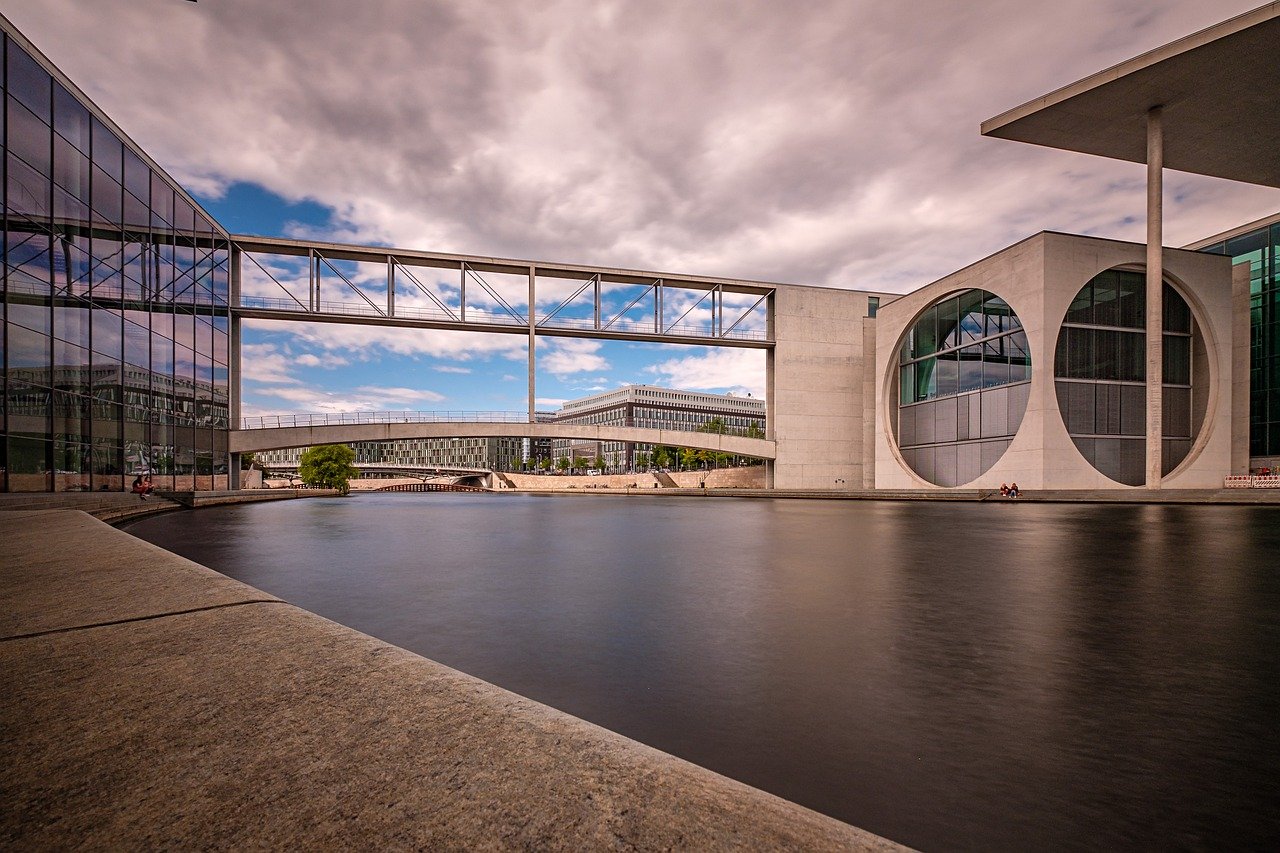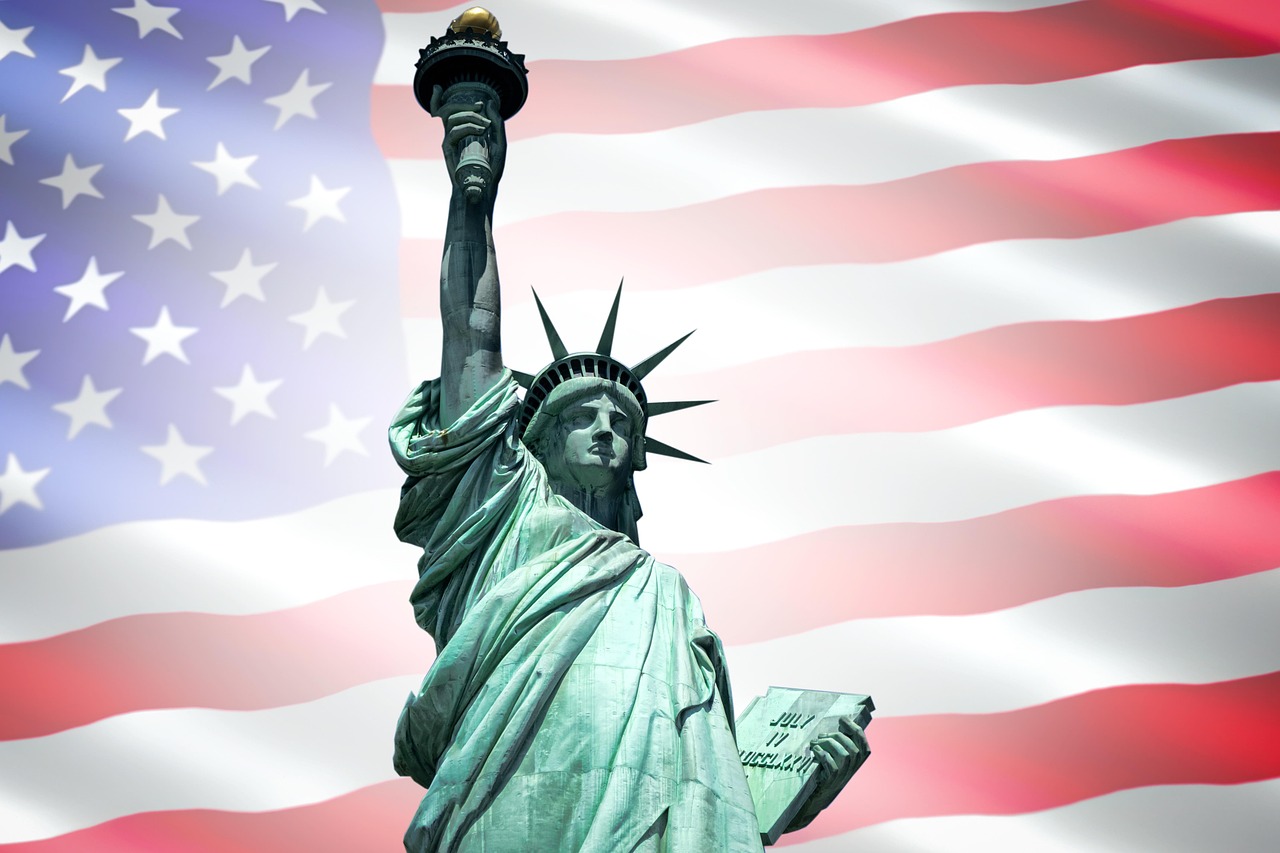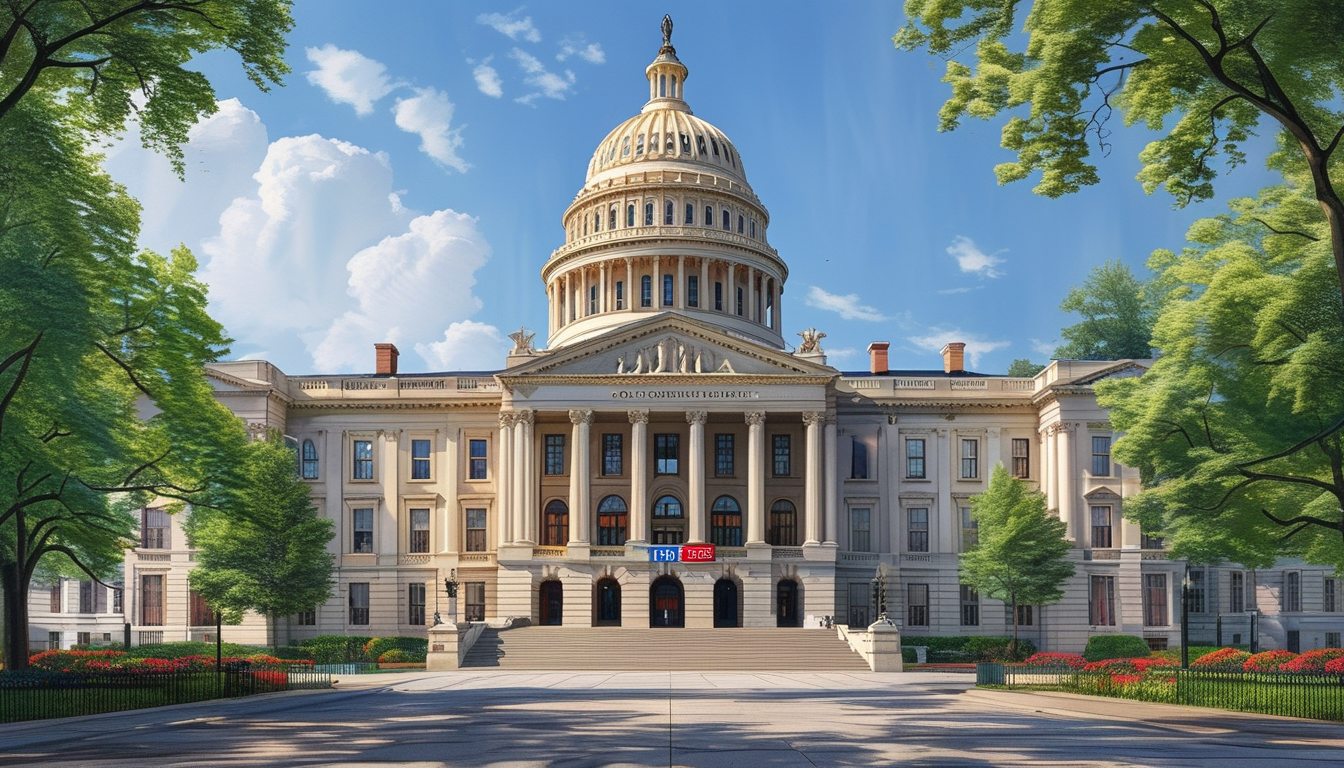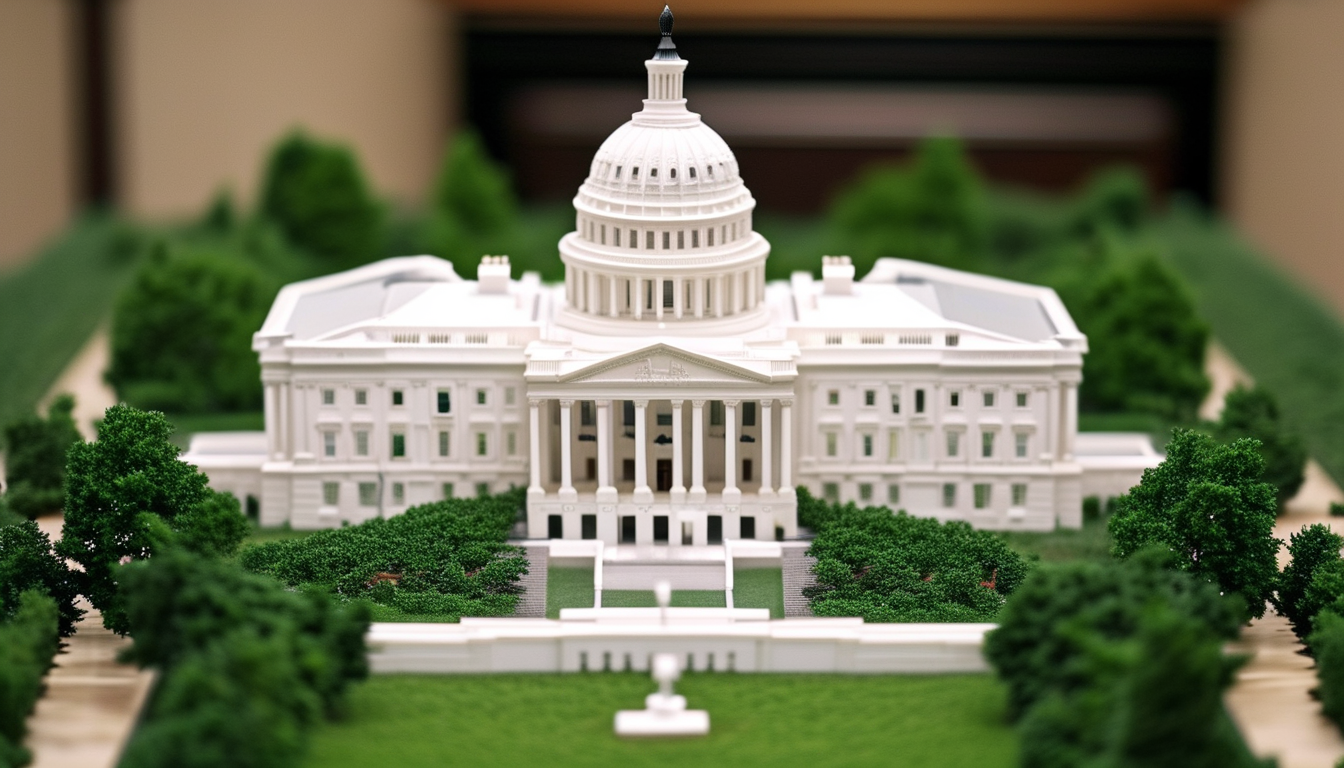Washington’s influence industry is relearning its craft. In Donald Trump’s second term, the norms that have long organized K Street—predictable agency access, methodical regulatory calendars, and a premium on relationships with committee staff—have given way to a more centralized and personality-driven system. The result, according to lobbyists and policy strategists tracking the new terrain, is a market that values speed, executive-branch risk management, and litigation readiness as much as it does traditional Hill work.
The immediate change is about access. A smaller set of gatekeepers in and around the White House exerts outsized control over policy direction, making the difference between influence and irrelevance less about how many meetings one can secure and more about whether a client’s ask maps onto a rapidly shifting set of presidential priorities. Registered lobbyists—still essential on statutory and appropriations fights—now find themselves partnering more often with outside policy entrepreneurs, legal teams, and trade associations that can move quickly when directives or guidance shift without lengthy notice.
That pace is redefining deliverables. Clients increasingly want cross-branch strategies that align advocacy on the Hill with agency-facing engagements, while preparing for the possibility that the real decision will be made in the Executive Office rather than through routine rulemaking. It also means more defensive posture: tracking executive actions and memos, mapping who actually decides inside departments, and anticipating where a sudden policy turn could trigger enforcement or compliance risks.
Traditional K Street firms are adapting in three ways. First, they are building out executive-branch practices that look as much like crisis management as lobbying—war rooms that combine policy analysis, legal review, and communications in real time. Second, they are leaning on coalitions—industry alliances and trade groups that can translate a diffuse set of interests into a single ask when a window opens. Third, they are shifting more resources to the courts, coordinating with litigators to challenge or defend agency actions, and treating courtroom timelines as policy timelines.
Congress is not sidelined, but it is differently positioned. Appropriations, oversight, and must-pass vehicles remain vital, yet their value lies in how they can shape or restrain executive choices. That’s pushing firms to knit together committee strategy with agency monitoring, and to prepare clients for scenarios where the White House moves first and lawmakers react later.
The foreign and trade space shows the change most clearly. Businesses are pricing in sudden tariff or licensing moves, supply chain directives, and export controls that can come quickly and with limited public preview. For lobbyists, that means scenario planning: advising clients on how to engage early with relevant national security, commerce, and treasury officials, while also preparing for the downstream need to seek clarifications, exemptions, or relief.
Ethics and disclosure dynamics are shifting as well. Even when formal restrictions on lobbyist participation ebb and flow, the reputational and strategic calculus has moved many companies toward using multi-entity approaches—registered lobbyists for legislative work, trade associations for coalition advocacy, and law firms for sensitive agency conversations—each chosen to fit how decisions are actually being made.
For Democratic-aligned shops, the play is to emphasize relationships with minority voices on the Hill, state attorneys general, and blue-state regulators who can influence national behavior regardless of federal posture. For Republican-aligned firms, proximity to current decision centers is an asset—but it comes with a premium on discretion and the capacity to translate broad presidential directives into workable, lawful steps agencies can accept.
What does all this mean for clients? Expect fewer long lead times and more rapid iterations. Expect higher demand for regulatory intelligence and for credible messengers who can move between politics, policy, and law. Above all, expect the center of gravity to sit closer to the White House than in the committee anteroom. That is how Trump 2.0 is blowing up lobbying: not by ending it, but by reshaping where power sits, how fast it moves, and who is positioned to keep up.
Source: Politico Influence newsletter report on industry adaptation during the second Trump term.












Leave a Reply